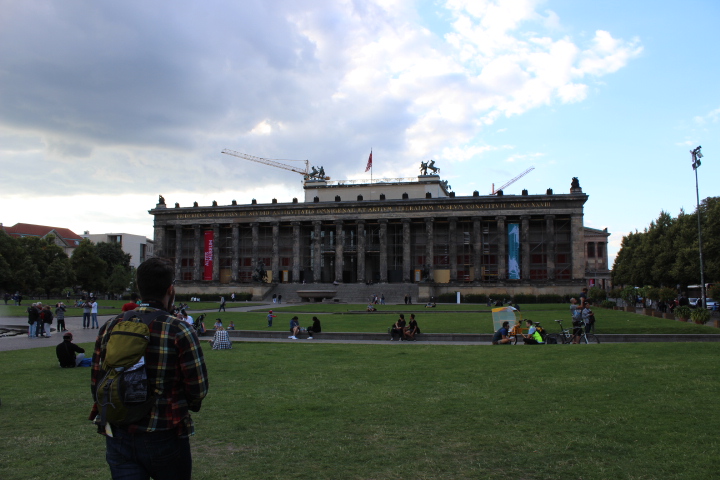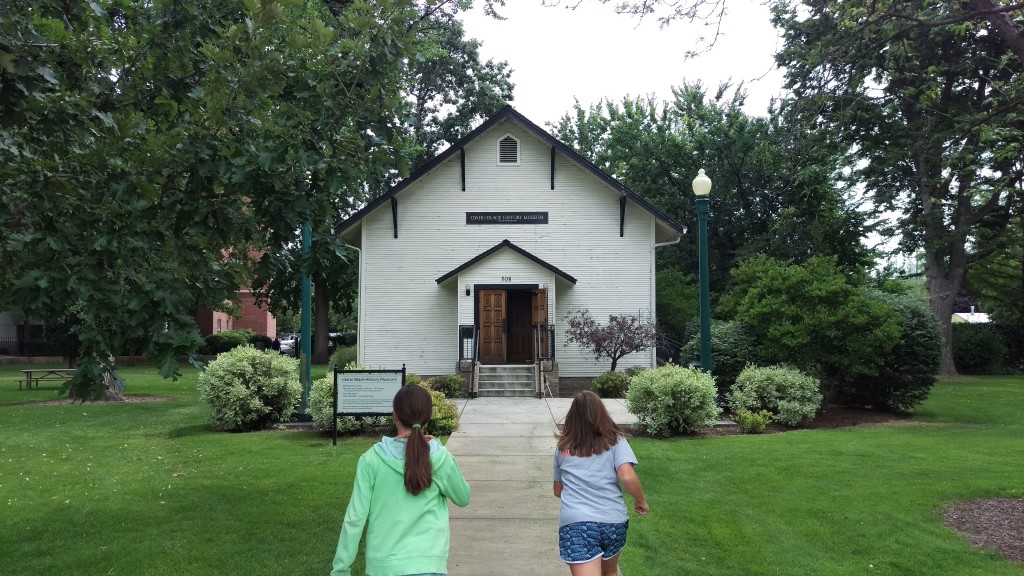The first article, A Dark Tourism Spectrum actually opened my eyes to the actual “dark” side of tourism that I don’t think about as much. When I think of dark tourism, I imagine ghost tours, the Catacombs of Paris, and weird places in cities that aren’t usually in the guide books. I never really think of dark tourism in regards to Auschwitz or memorial sites like Ground Zero. The author tries to understand why some tourists are fascinated with these kinds of areas and tours, but I honestly don’t see much wrong with it. As long as people aren’t “celebrating” a specific tragedy by going to Ground Zero or Auschwitz, then there is something very sobering about standing in sites like those. I feel that if we all ignored those sites, we would be forgetting them to an extent. An interesting point that Dark Tourism: Mediating Between the Dead and the Living brings up is the fact that people are more intrigued with dark tourism surrounding deaths that are uncommon. People don’t want to visit sites where people suffered from cancer or strokes, but want to visit sites were people died from “crazy” things that aren’t common for everyday people. I think this comes from a deep mental state that is intrigued by death while being scared of your own.
Another aspect of death that I didn’t think about until these readings is how we as a society deal with dead bodies. The article, From Privates to Presidents really opened my eyes to that topic. I guess it is a little strange that we have remains from Presidents in museums and other bloody relics, but it honestly doesn’t bother me. In some cases, preserving artifacts like President Lincoln’s bone fragments or unknown soldiers’ bodies can have heavy personal impacts on museum goers just seeing sights like Ground Zero and Auschwitz. This also relates to the Numinous Objects article which asserts that historical artifacts tell stories and can have personal significance to people. There’s a difference between looking at an image of an event or a person and actually seeing the object in front of you. My favorite quote from this article that I think really sums up how fascinating and personally touching artifacts can be is: “Harriet Tubman’s apple trees, still producing fruit on her farmstead in Auburn, New York, embody the peace and liberty she sought for herself and her people in more than thirty Underground Railroad expeditions into the heartland of slavery. The trees stand in silent counterpoint to the famous photograph of Tubman in uniform, leaning on the long rifle she carried for so many years before she had the freedom to pick up a hoe.” (Numinous Objects, pg. 12) Something as simple as the apple trees Tubman planted and took care of can be simple reminders of our past.
While dark tourism might be weird and scary, I think aspects of it are very beneficial and can be deeply moving for visitors. While celebrating atrocities and deaths is terrible and should not be encouraged, by limiting dark tourism we are in danger of sweeping atrocities under the rug and only teaching them in history books (if we’re lucky). There’s a deep feeling that I think people truly want to experience that you can’t get from watching a documentary or hearing about events. You kind of just…have to be there, right?


